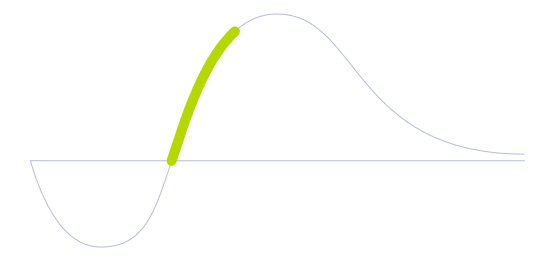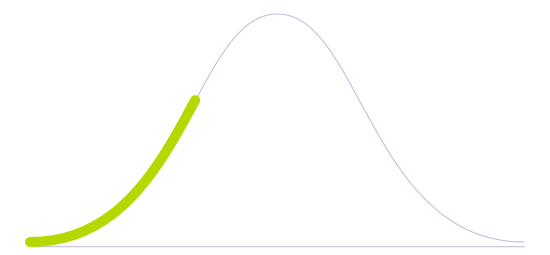Generative Design Software

Technology Life Cycle
Marked by a rapid increase in technology adoption and market expansion. Innovations are refined, production costs decrease, and the technology gains widespread acceptance and use.

Technology Readiness Level (TRL)
Prototype is fully demonstrated in operational environment.

Technology Diffusion
Embrace new technologies soon after Innovators. They often have significant influence within their social circles and help validate the practicality of innovations.

An AI-enabled software that designs objects autonomously, following preprogrammed parameters, such as goals and restrains, set by the user. Examples of parameters range from maximum manufacturing costs, material, desired function, weight, or other factors relevant to the user.
The software can generate a series of designs that meet the initial criteria, leaving the human designer to choose, change parameters, implement new standards, or use it as a starting point for new creations. This technological solution is essentially iterative and collaborative between humans and machines.
By creating models using advanced mathematical calculations, this process has proven to reduce material usage and optimize efficiency. Also, instead of right angles, the algorithm often comes up with curved, rounded shapes. These shapes look more like the shapes seen in nature because these design rules follow the forms of the natural world.
Future Perspectives
"If I have seen further than others, it is by standing upon the shoulders of giants." This famous Isaac Newton sentence reveals both a blessing and a curse of the human condition. If, on the one hand, we can communicate, keep information and build on other people's achievements, contrarily, it is hard to challenge pre-established assumptions or to "unlearn" how to do things, to be able to do it differently. Generative design tools could free humanity from this curse, enabling us to create completely fresh designs that are not what we are used to seeing.
Image generated by Envisioning using Midjourney